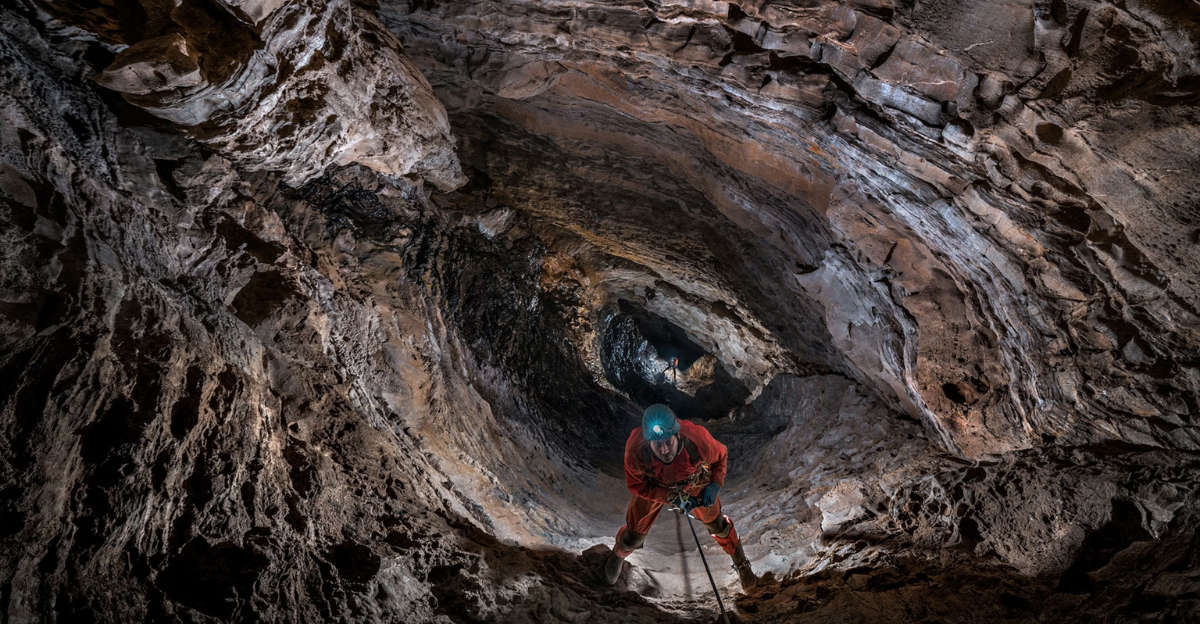
You might not always be as lucky when exploring the forest to find something remarkable, but these researchers hit the jackpot. Hidden for millennia, this colossal complex challenges everything we thought we knew about the capabilities of early human civilizations.
The site’s scale, complexity, and apparent purpose suggest a level of engineering and social organization far beyond what is typically attributed to prehistoric societies.
Where the Discovery was Made
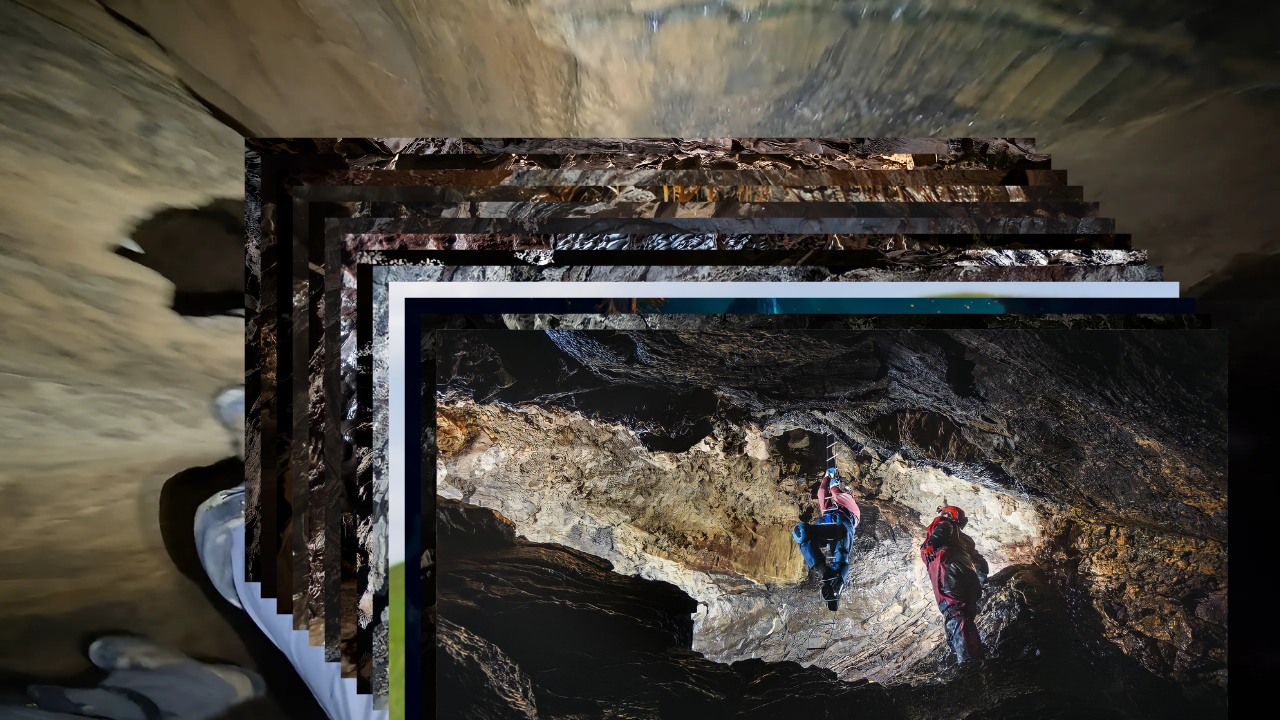
The Khara-Hora Shaft is nestled within the remote and rugged terrain of the North Caucasus, a mountain range that stretches across southwestern Russia. The region itself has been a crossroads of civilizations, legends, and historic migrations for thousands of years. The exact coordinates of the shaft have been closely guarded by research teams and local authorities to protect the fragile site and avoid inflaming potential treasure hunters or thrill-seekers who might endanger themselves or harm the ancient structure.
Entry to the megastructure is found several miles from the nearest inhabited village, accessible only via treacherous hiking trails and, in some cases, rope descent.
Remarkable First Impressions
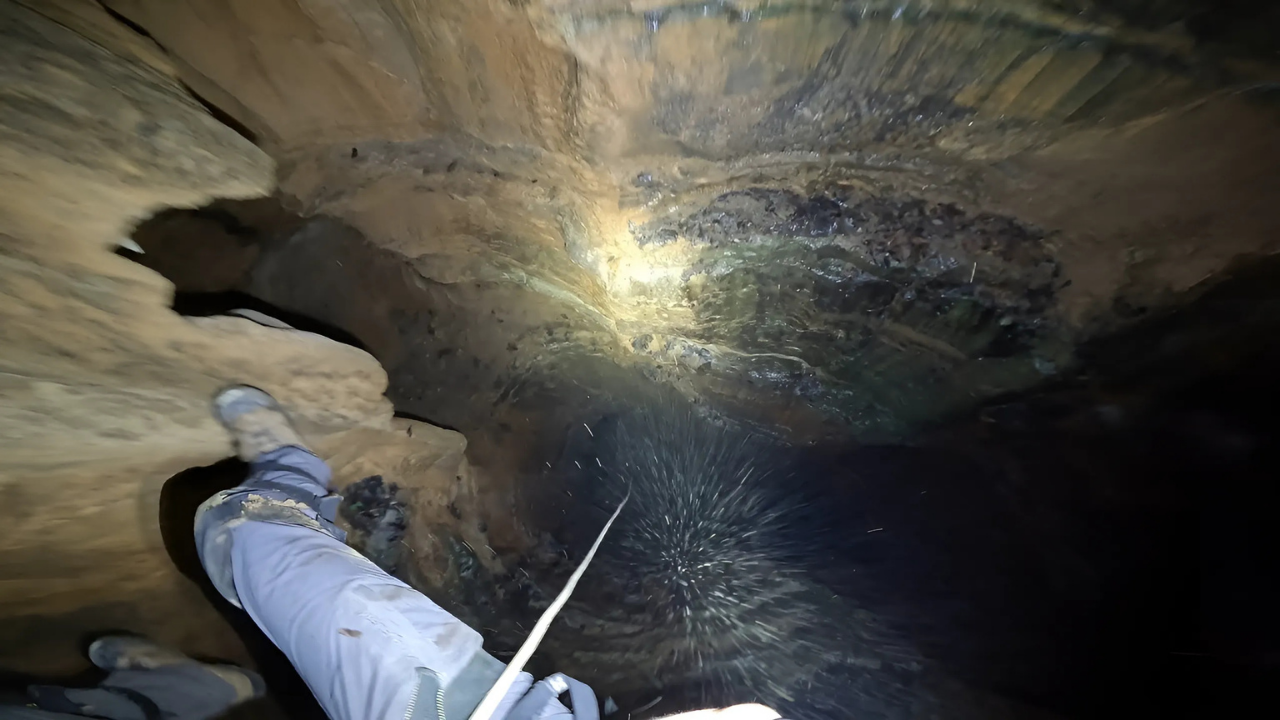
The site’s almost perfectly circular entrance, partially obscured by tangled roots and ancient stones, immediately signals that this is no ordinary cave. Upon descending into the shaft, researchers were confronted with smooth, vertical stone walls that seemed to defy the chaotic forces of natural geology.
“Standing above the shaft, you can feel a cold gust rising from the deep, as if the past itself is breathing upward,” described Arthur Zhemukhov in his expedition journals. The scale and precision of the structure has challenged conventional understanding of prehistoric architectural capabilities.
Vertical Shaft and Chambers
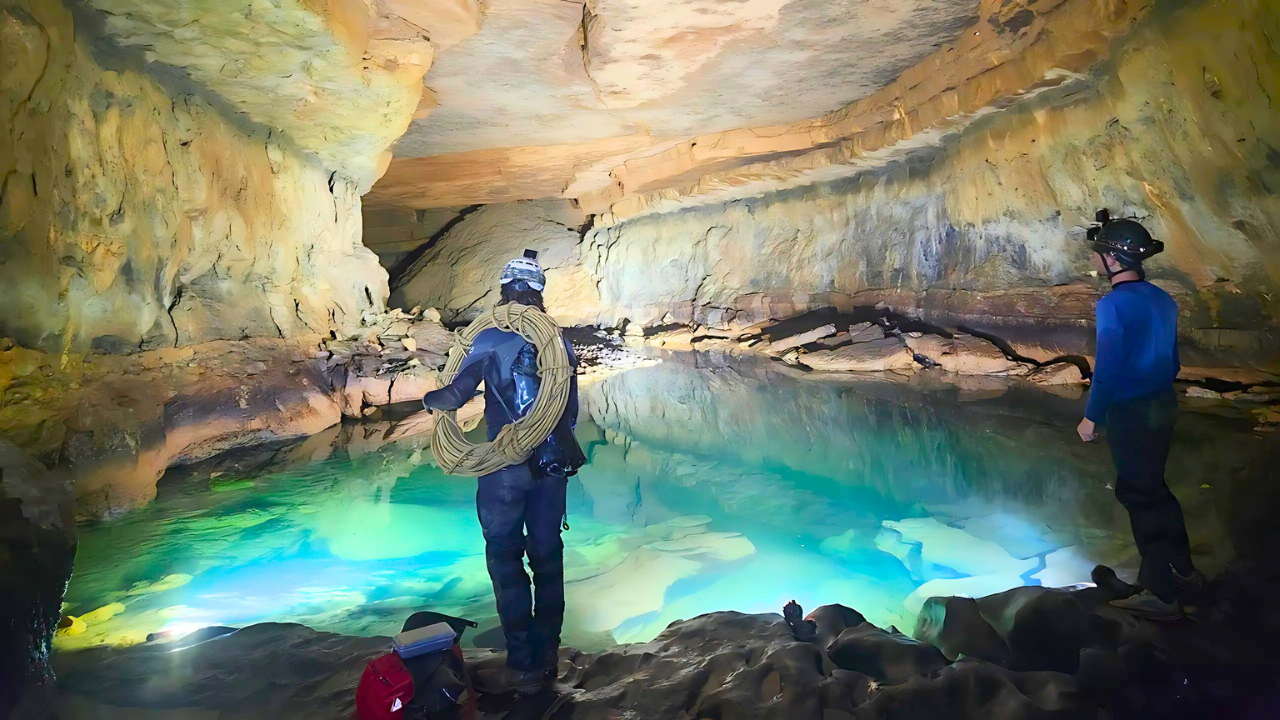
The Khara-Hora megastructure is a colossal vertical shaft carved straight into the earth, measuring approximately 130 feet deep. The shaft is perfectly cylindrical, with walls fashioned from meticulously aligned stone blocks. Explorers enter a vast underground hall at the base of the vertical shaft. This hall is both breathtaking in its scale and enigmatic in its purpose. The ceiling soars high overhead, supported by interlocking stone slabs that have survived millennia of seismic activity.
The chamber’s size and geometric precision are considered exceptional compared to other known cave systems in Russia and Europe.
Scale of the Structure
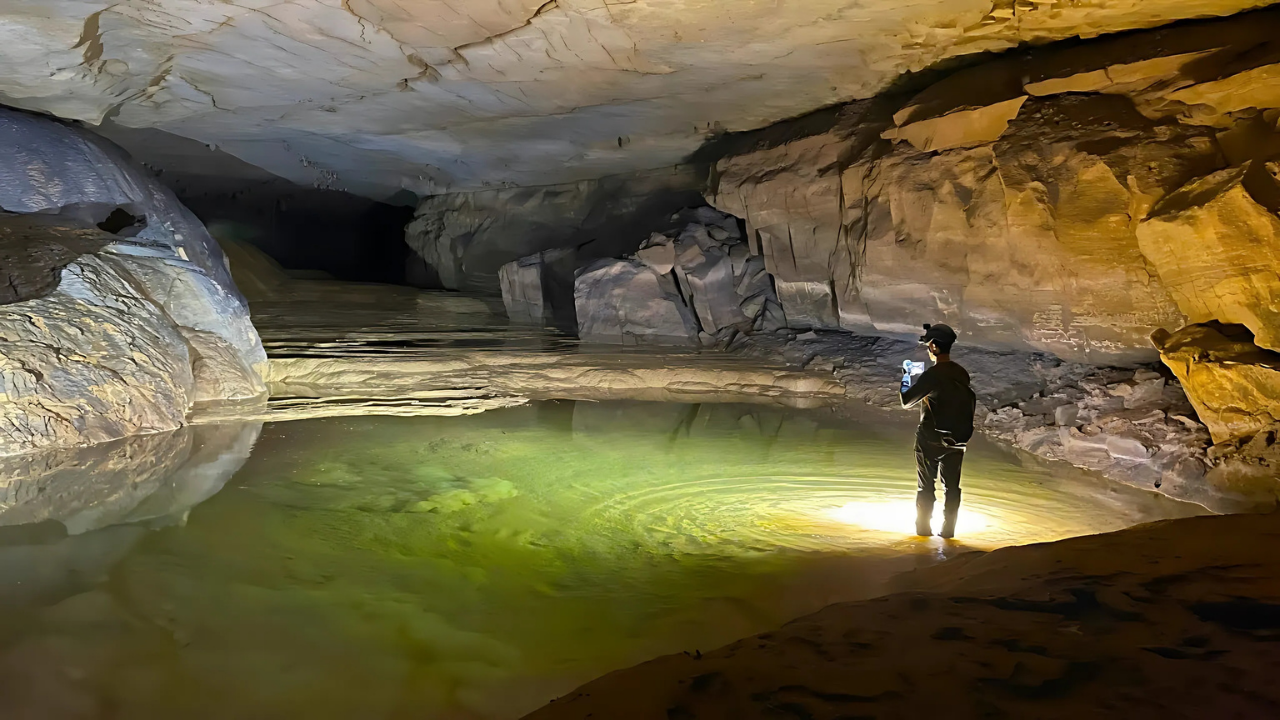
The initial shaft plummets roughly 130ft straight down, its cylindrical walls perfectly vertical, but this is just the beginning. Researchers have gradually penetrated deeper using advanced spelunking equipment and ground-penetrating sensors, revealing an underground network whose full extent is still unknown. Recently, teams reported accessing additional descending chambers that stretch well beyond the mapped base, with some exploratory routes reaching depths over 330 feet and continuing onward.
Vadim Chernobrov’s expeditions revealed the Khara-Hora structure to be increasingly labyrinthine and vast with further exploration.
Ventilation and Engineering
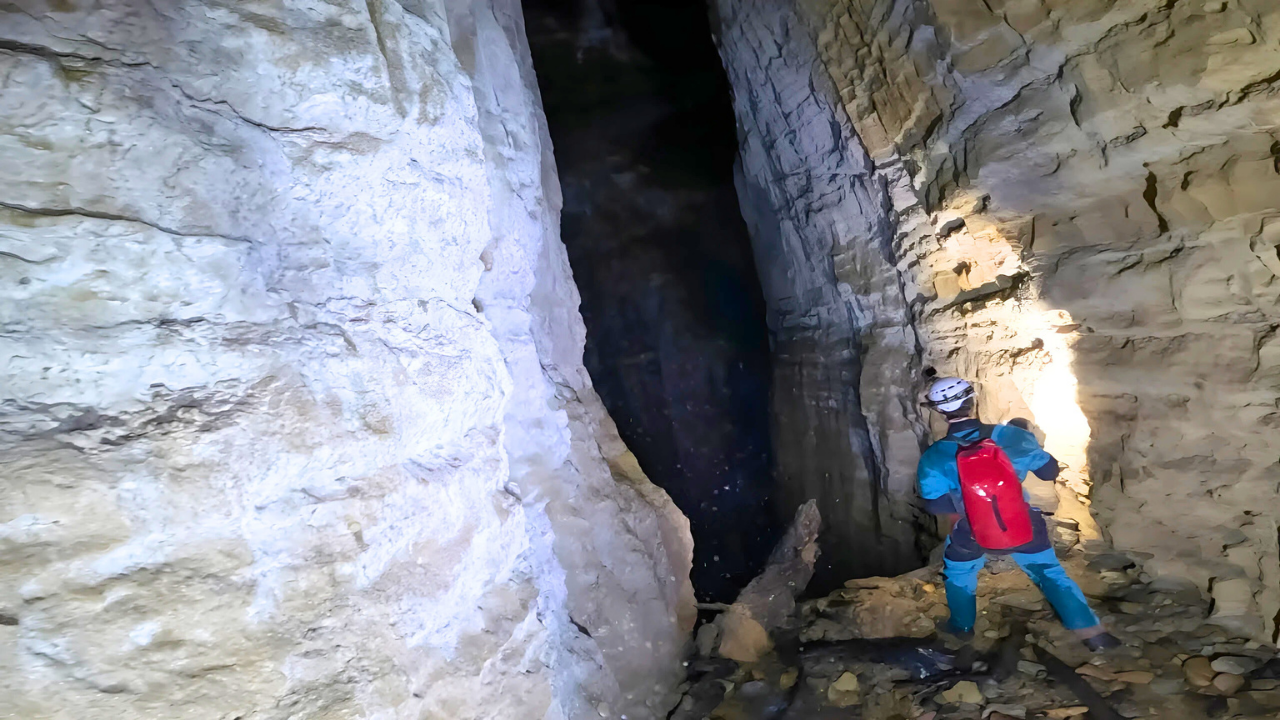
Researchers documented a subtle but constant breeze rising from the depths of the shaft. The draft is so steady that climbers can feel it on their faces as they descend, and temperature readings show consistent air circulation throughout the main vertical shaft and connecting chambers. The structure maintains an environment that’s both livable and surprisingly temperate despite the harsh regional climate, with continuous air circulation throughout the shaft.
Architectural analysis suggests that this airflow isn’t a coincidence but the result of an intentionally designed system. The shaft’s cylindrical geometry appears to aid the upward movement of air, while strategically placed smaller tunnels and vents create a pathway for fresh air to travel in and for stale air and moisture to exit.
Precision Beyond Expectation
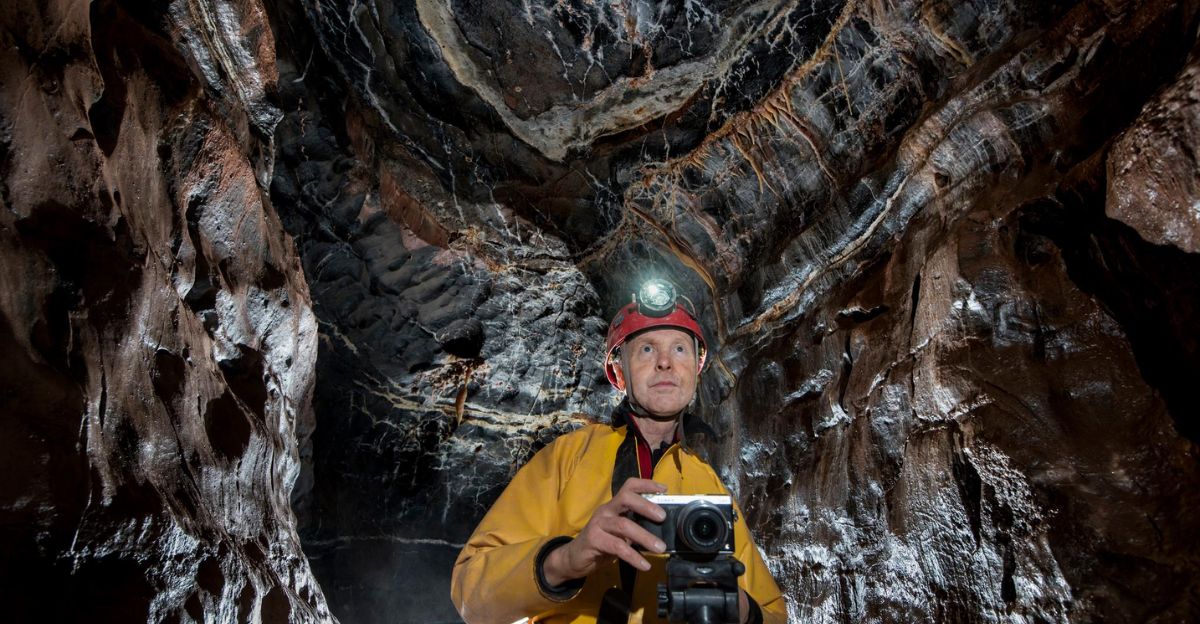
The walls and floors of the vertical shaft and main chambers are composed of perfectly fitted rectangular stone blocks, many of which weigh up to 200 tons. The blocks aren’t just stacked; they are intricately cut, shaped, and polished to produce sharp edges that, in places, even a thin piece of metal cannot be inserted between them.
Chernobrov’s analysis suggested the precision was intentional, indicating mastery of geometric and mechanical principles, with some blocks appearing molded rather than quarried.
Ancient Legends and Local Lore
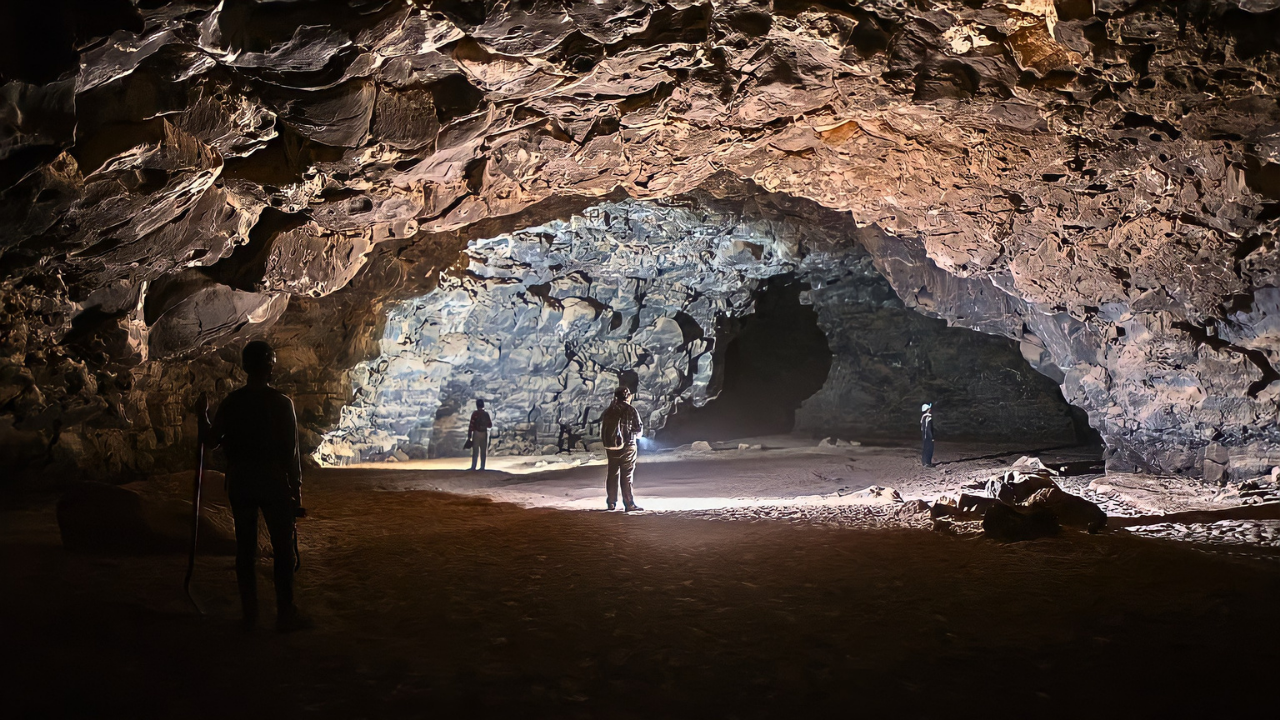
For centuries, local tribes and communities have passed down stories of vast underground cities, mystical doorways, and hidden chambers beneath the mountains. Many legends speak of “the place where the earth swallows secrets,” a reference locals believe corresponds directly to the shaft’s entrance.
“I was guided to the shaft not just by chance, but by the stories shared by mountain guides and shepherds. They speak of a place that listens, remembers, and sometimes answers—if you know how to ask,” wrote Zhemukhov in one of his journals.
Nazi Connections
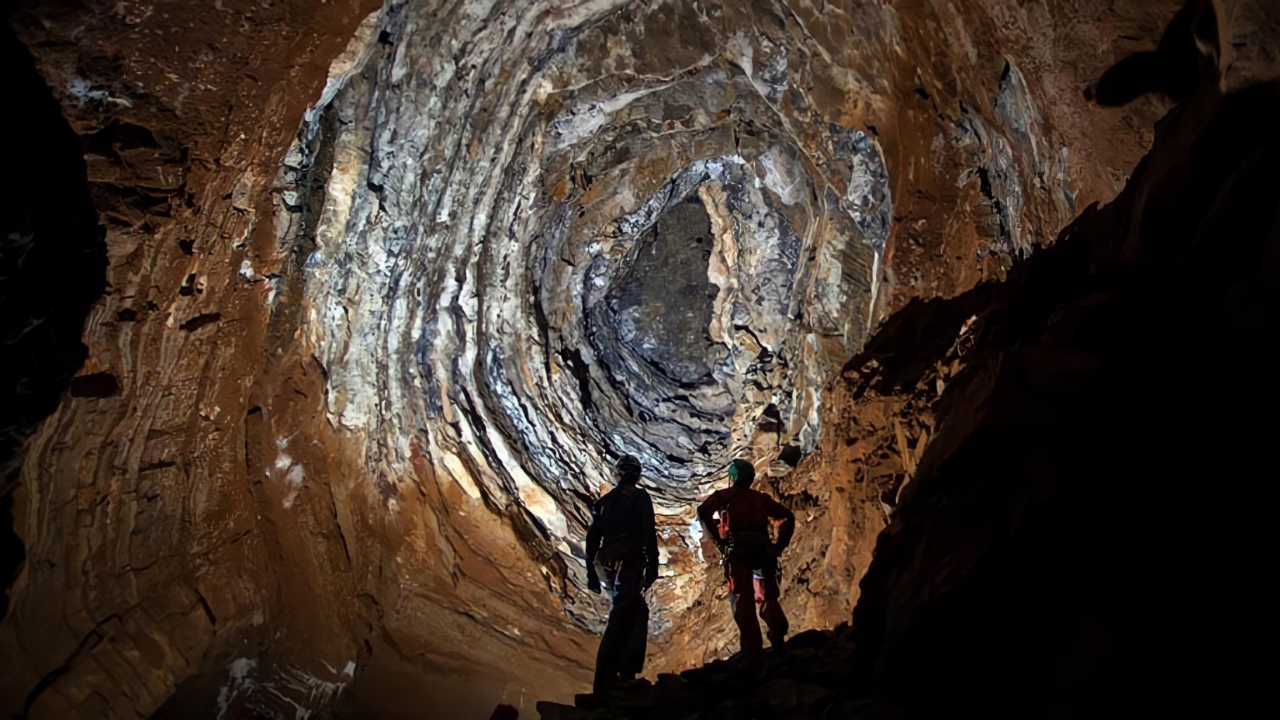
During surveys of the shaft’s entrance and nearby rock outcrops, explorers discovered markings rumored to include a swastika motif carved into one of the boulders, a symbol notoriously associated with Nazi ideology and occult pursuits in the 20th century. This discovery immediately led to speculation that Nazi researchers from the Ahnenerbe, Heinrich Himmler’s secret institute for “ancestral heritage,” may have reached this location.
The Nazi Ahnenerbe organization was known for its expeditions to remote locations in search of ancestral heritage sites and occult significance, making interest in a site like Khara-Hora consistent with their documented activities.
Historical Theories
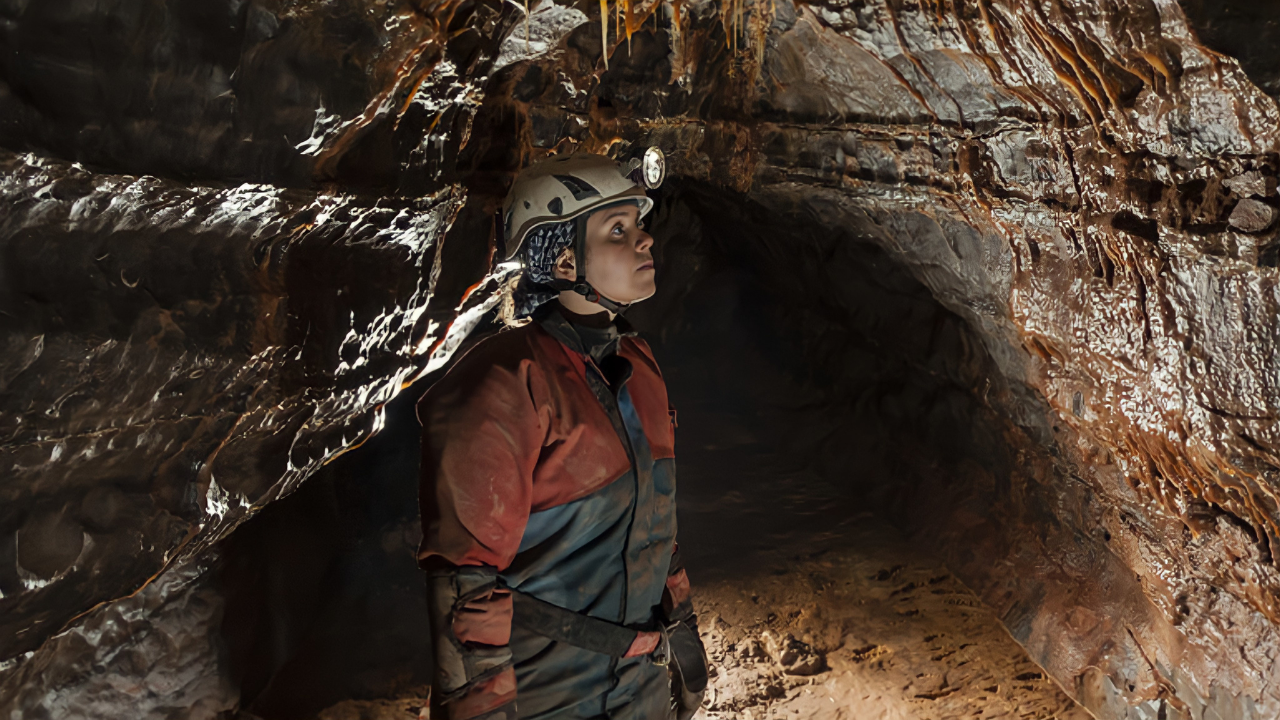
The scale, engineering complexity, and mysterious features have sparked many theories as researchers try to establish what this shaft was meant to be. One leading hypothesis is that the structure served as a ceremonial or religious center. The geometric precision, perfectly cut stone blocks, and seemingly deliberate alignments led some scholars to suggest it may have been a temple or sanctuary dedicated to ancient deities unknown to recorded history.
Another enduring possibility is the tomb theory, drawing comparisons to subterranean burial sites like Egypt’s Valley of the Kings or the crypts beneath Anatolian temples.
The Risk of Discovery
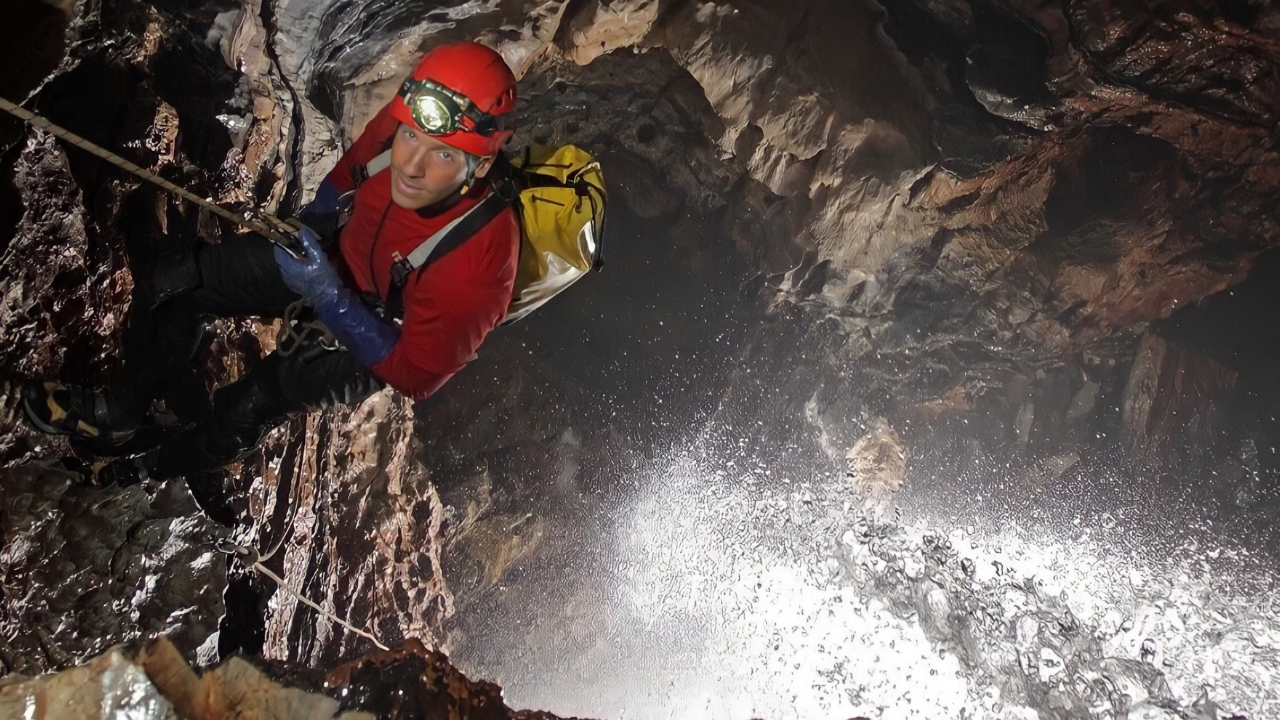
As intriguing as this discovery is, exploring this structure isn’t as easy as it seems and can be pretty dangerous. The shaft’s sheer vertical drop needs a technical rope descent, climbing gear, and expertise equivalent to rescuers or advanced cavers. A misstep can lead to serious injury or even death, as the stone walls are unforgiving.
Once inside, conditions often become even more hazardous. The air, while surprisingly fresh thanks to the shaft’s engineered ventilation, can become thin in certain chambers, and sudden pressure changes or localized drafts may disorient even experienced teams. Historical records and oral testimonies mention fatal incidents among modern and earlier explorers, some of whom have vanished.
Technological Parallels: Ancient and Modern
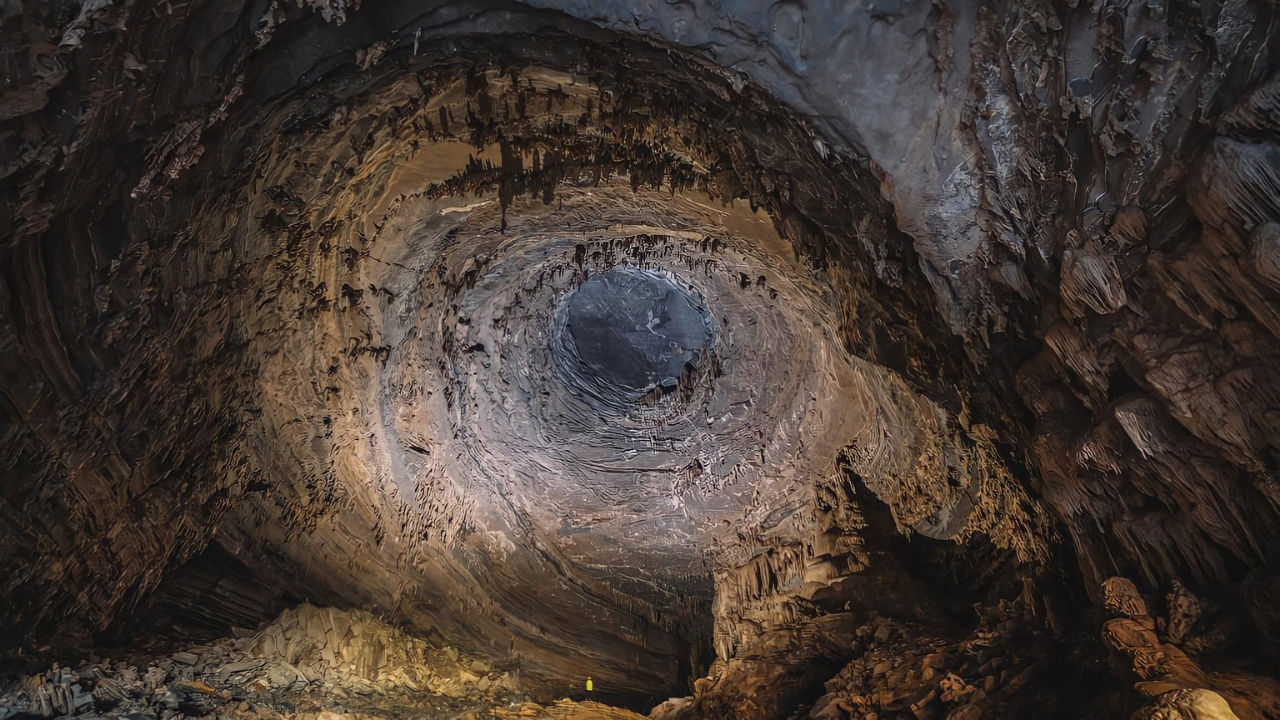
Researchers from the Russian Laboratory of Alternative History and independent engineers note that the stone blocks’ cuts and grooves are not only precise but appear to have been made using the same methods as industrial machining.
Technical analysis of the site noted that some tool marks showed remarkable precision comparable to modern machining techniques.
Archaeological Challenges
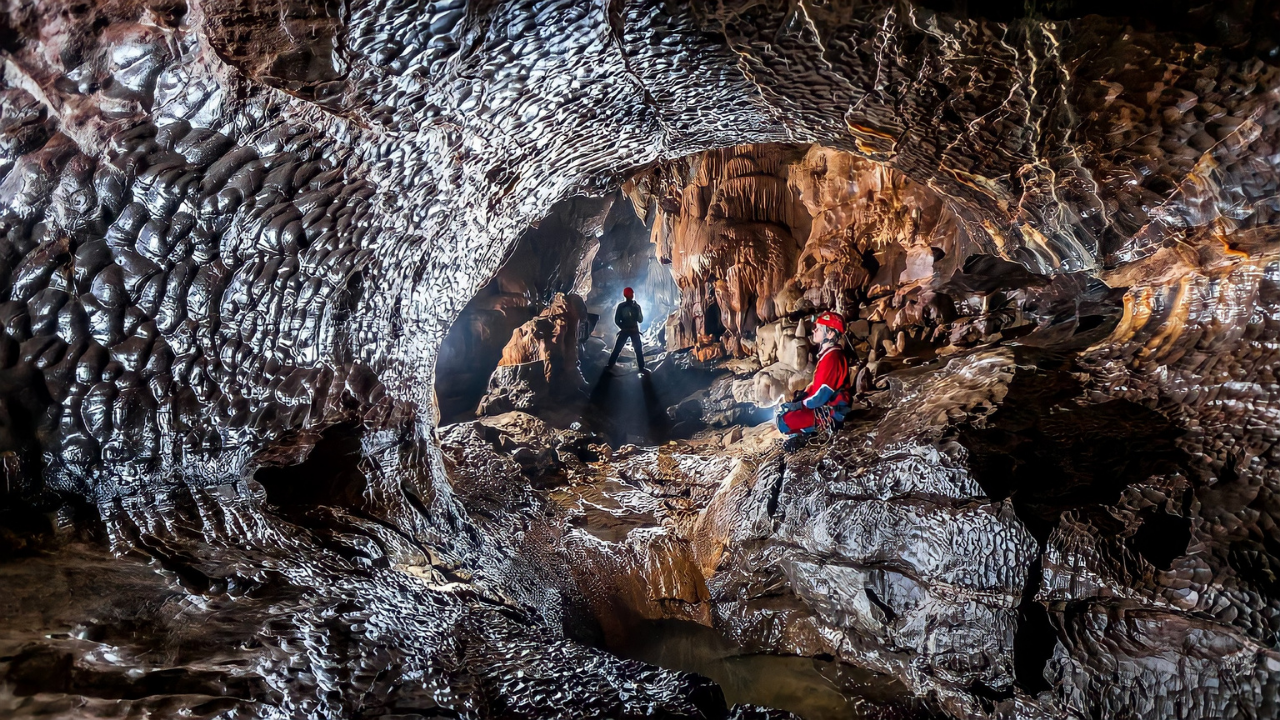
The site, which lies deep within the rugged Caucasus terrain, presents a formidable combination of difficult access, unpredictable weather, and complex underground architecture. Many chambers and tunnels remain unexplored simply because reaching them requires specialized equipment, substantial funding, and high-risk maneuvers.
Research teams estimate that less than 25% of the complex has been safely mapped or entered due to access difficulties and safety concerns.
The Tragedy of Researchers
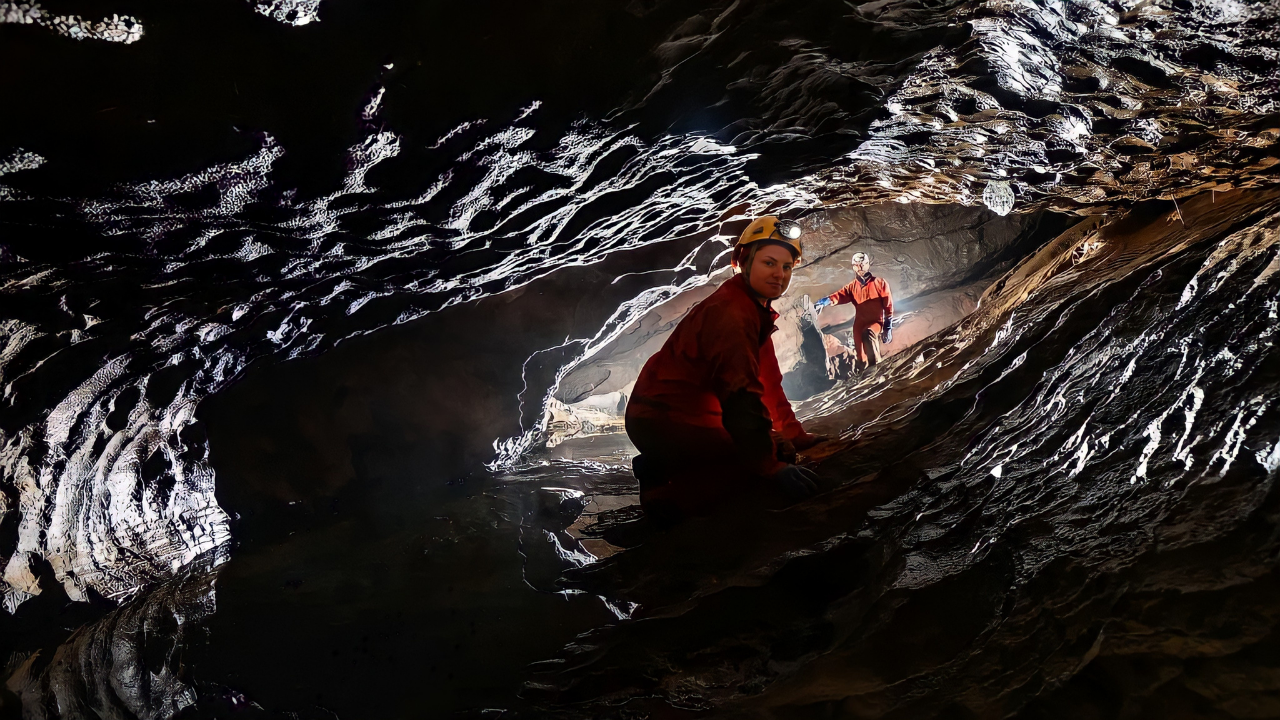
The exploration of the Khara-Hora Shaft is shadowed by sorrow and ignited by whispers of conspiracy surrounding the mysterious fates of several key researchers involved with the site. The disappearance of Arthur Zhemukhov, the local explorer and one of the first to seriously document the shaft, vanished while conducting a solo descent. Despite frantic efforts, only scattered equipment was ever found, with no trace of Zhemukhov himself.
Shortly thereafter, Vadim Chernobrov, the renowned leader of the Cosmopoisk research group, died under “sudden, perplexing, and never fully explained circumstances,” according to those close to him. Colleagues described him as being in good health and high spirits, adding to the shock when news of his sudden passing broke.
Ongoing Investigations
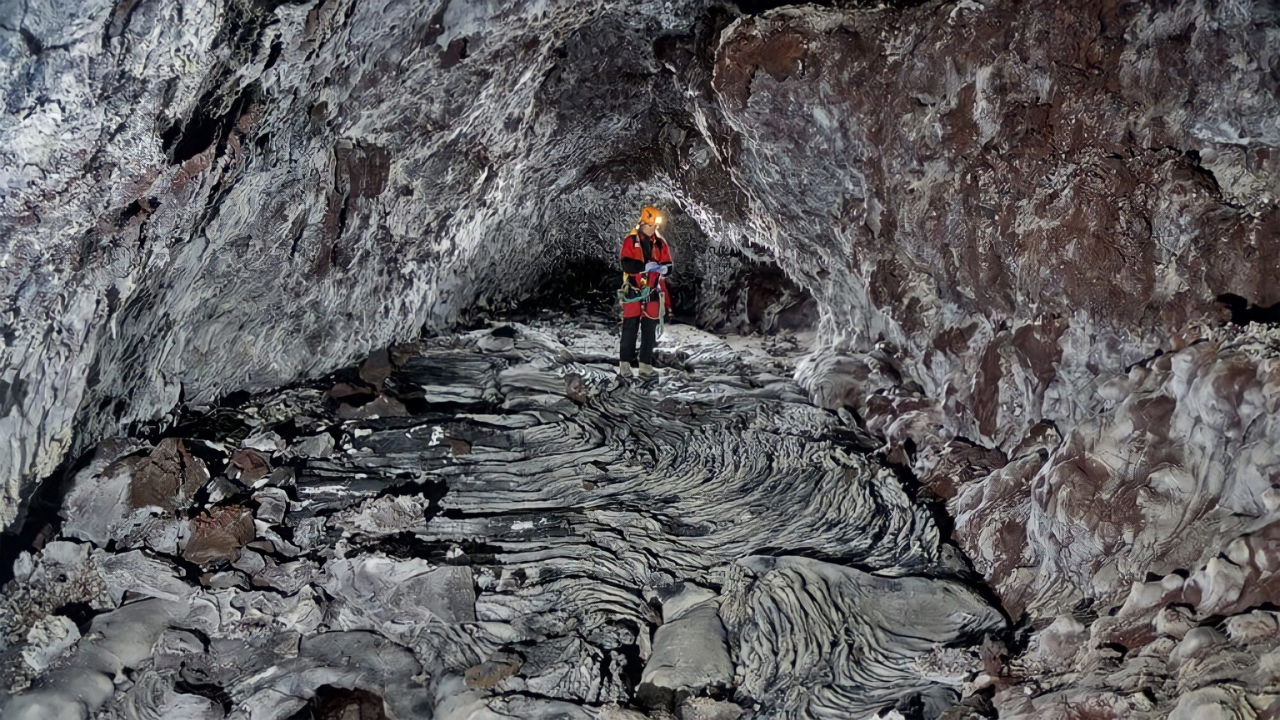
New research teams are gearing up for deeper and more technologically sophisticated studies. Plans have been announced to use cutting-edge ground-penetrating radar, thermal imaging, and robotic exploratory drones to chart the unsurveyed sections and discover hidden chambers, collapsed tunnels, and any artifacts that may be buried beneath centuries of sediment.
Research teams continue mapping efforts using ground-penetrating radar, thermal imaging, and robotic drones to explore unsurveyed sections and uncover any artifacts buried beneath centuries of sediment.
Natural or Artificial?
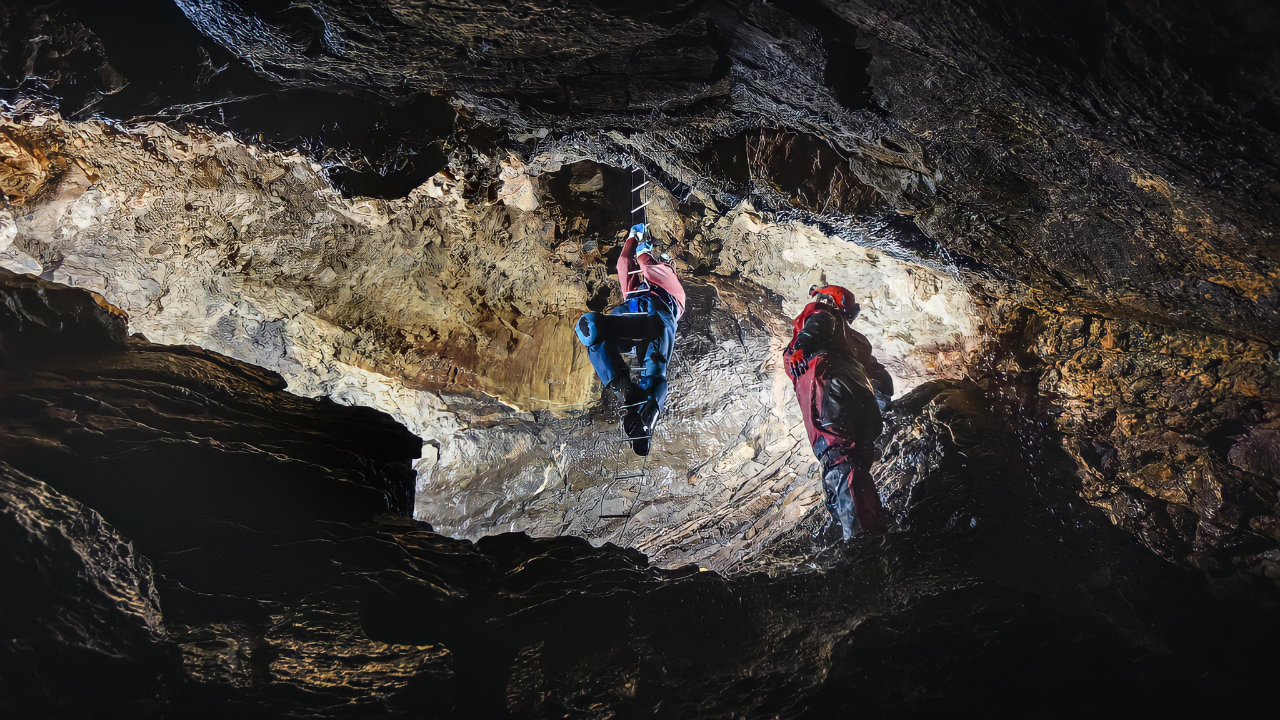
Many mainstream geologists and archaeological skeptics propose that the shaft and much of its underground network could result from unique processes of natural erosion, tectonic shifts, or water movement through soft and hard stone layers over thousands or even millions of years. They argue that deep vertical shafts, large halls, and smooth-walled caverns can occasionally form in karst or volcanic landscapes.
However, alternative historians and several field researchers studying Khara-Hora counter that too many features defy natural explanations. The precisely cut and fitted stone blocks, geometric alignments, artificial ventilation system, what appears to be a synthetic mortar, and large-block construction do not match any known natural process or accidental formation.
The Role of Cosmopoisk and Vadim Chernobrov

Vadim Chernobrov founded Cosmopoisk in the 1980s as a movement to scientifically investigate “the unexplained”. His engineering background and relentless energy equipped him to tackle the Khara-Hora shaft. “We must never let fear of ridicule stop us from questioning what others overlook,” he once wrote during the early stages of the Khara-Hora project.
Cosmopoisk’s expeditions to the shaft were methodical. Teams brought ground-penetrating radar, mapping equipment, remote sensors, and advanced safety gear to chart accessible areas and those considered too dangerous for traditional archaeological approaches.
Possible Ties to Shambhala and Unknown Civilizations
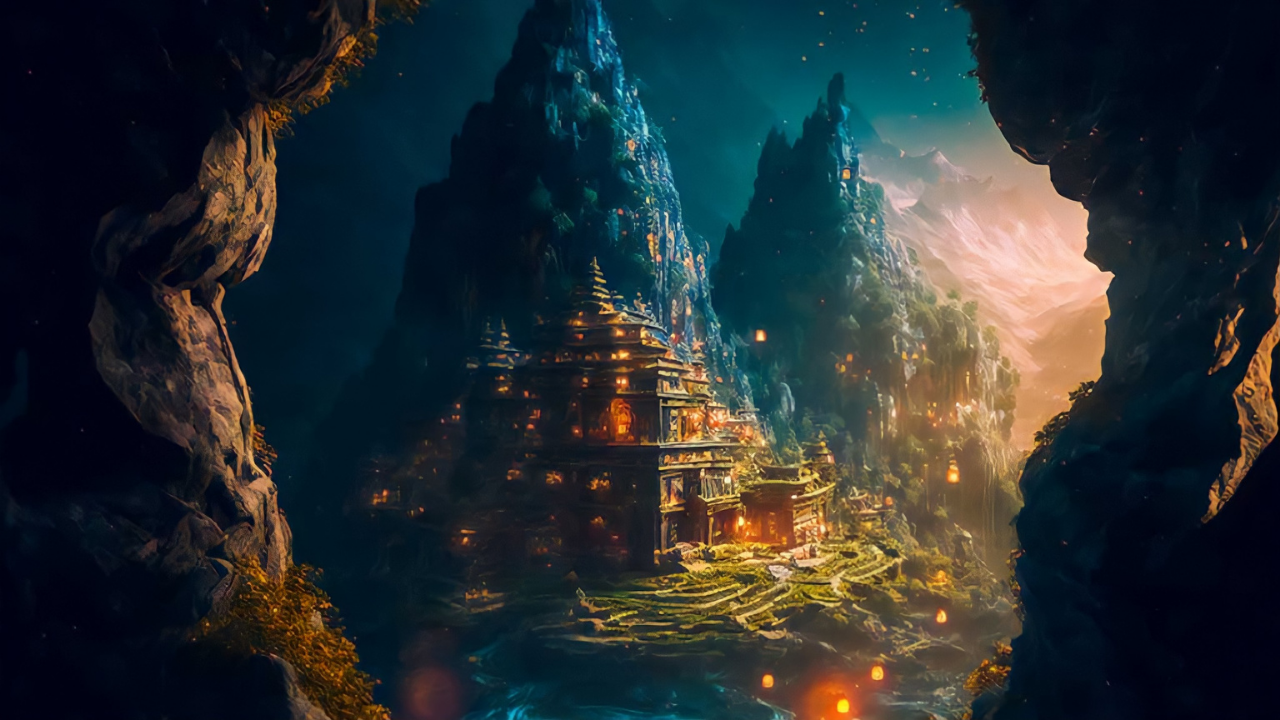
Shambhala, often described in ancient Eurasian and Tibetan lore as a hidden paradise of enlightened beings and advanced knowledge, is said to reside somewhere in the remote mountains of Central Asia, accessible only to those worthy of its secrets. Researchers and local storytellers have long noted striking parallels between the descriptions of Shambhala and the mysteries surrounding Khara-Hora.
Some theories posit that the shaft could have been a gateway or outpost of such a civilization, serving as a point of contact between the surface world and deeper subterranean realms.
Public Fascination and Media
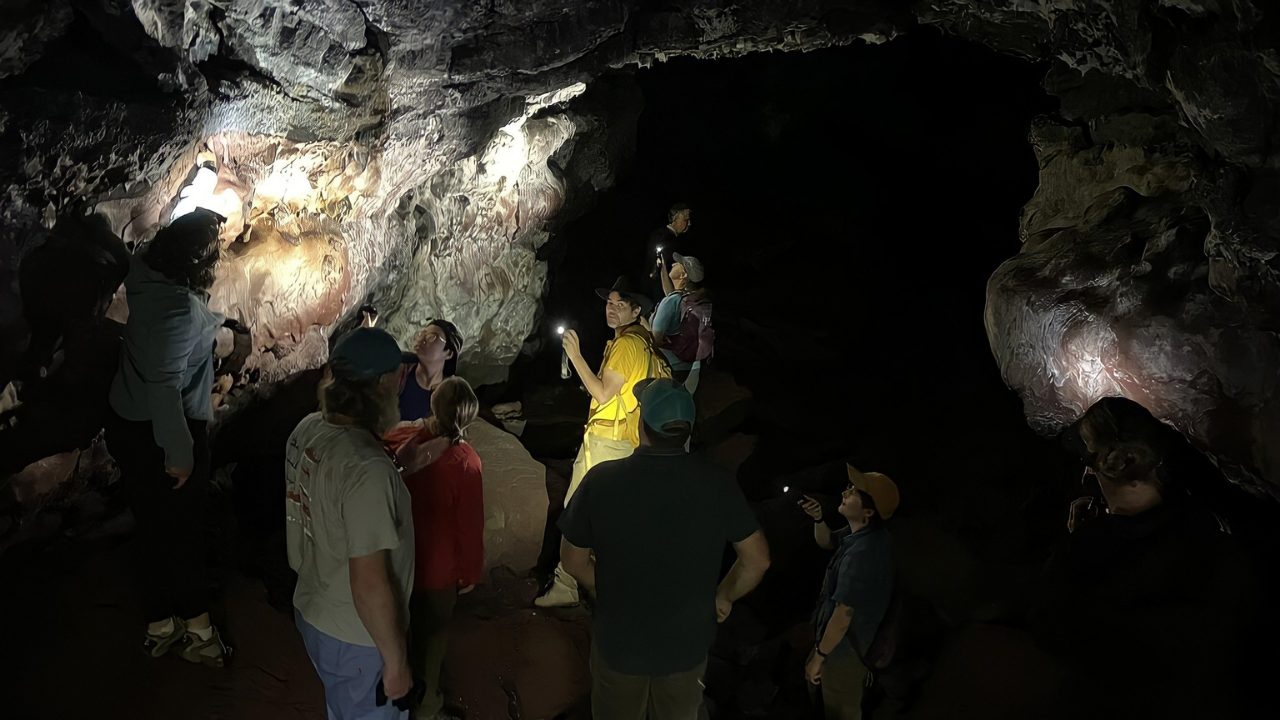
The site’s combination of technical mystery, ancient legend, and real-life drama has proven irresistible to storytellers, documentary filmmakers, bloggers, and podcast hosts. The shaft has become a documentary centerpiece since Cosmopoisk and other teams began sharing their findings. Dramatic footage of perilous descents, meticulous stonework, and interviews with amazed researchers make for a compelling story.
As a documentary narrator proclaimed: “This is a discovery that belongs to all of humanity, a story shaped by its tellers as much as by its stones.”
Redefining Human Capability
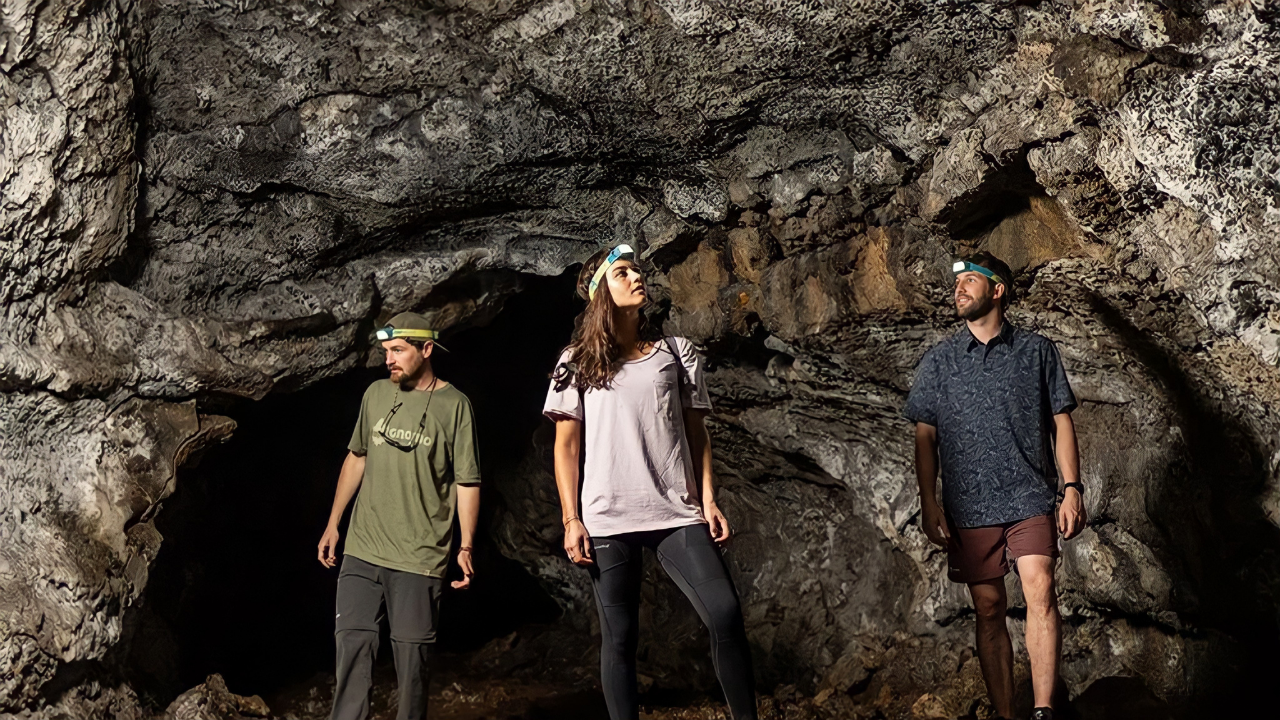
The structure’s unresolved function serves as a humbling reminder of the profound gaps in our knowledge. Who were the builders? How did they achieve such technical mastery? What expertise and vision motivated their efforts? The immense scale and effort required to construct such a complex suggests it served a purpose of significant importance to its creators.
With ongoing investigations, emerging technologies, and worldwide engagement, Khara-Hora promises to remain at the frontier of discovery for years to come. It continues to redefine what we consider possible, reminding us of the persistent human drive to explore, innovate, and transcend the boundaries of the known.